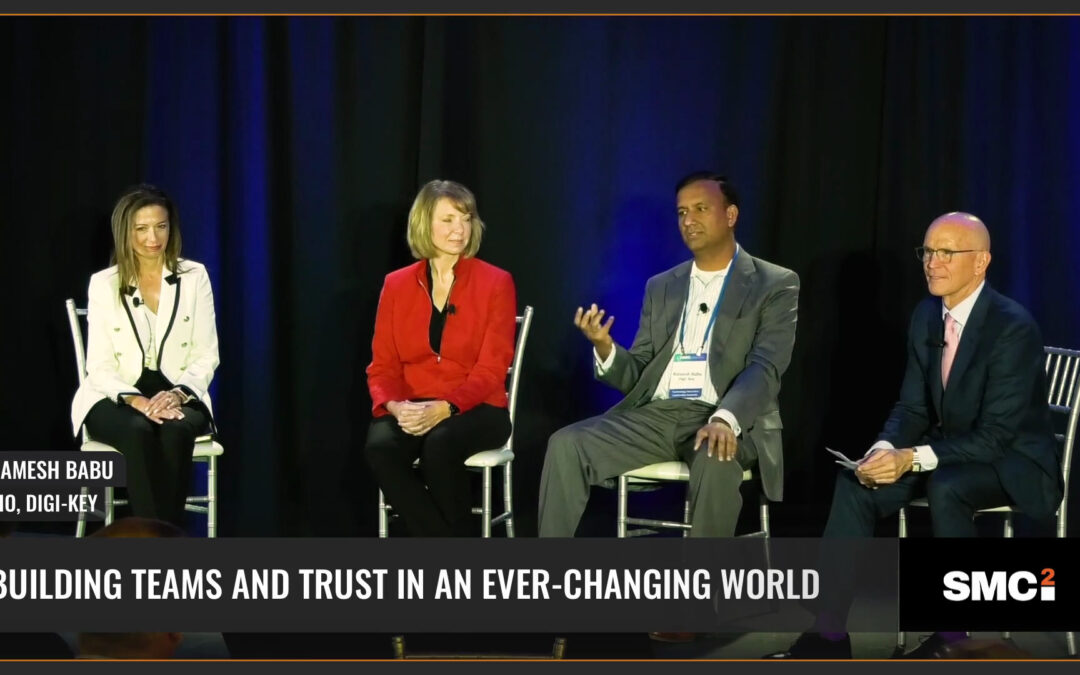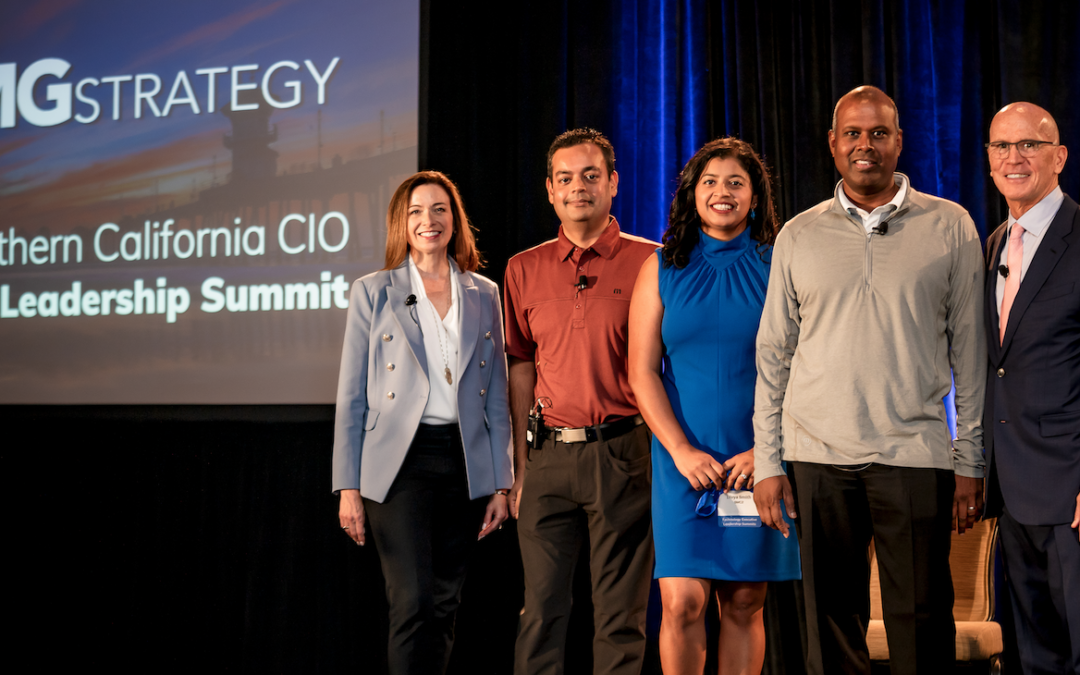

The Future of the Modern Corporation
Why more companies are turning to Global Insourcing Centers to push digital transformation
US corporations are no stranger to the concept of IT talent outsourcing. An approach that has been widely used since the 1980s, outsourcing first became popular in the late 1990s as companies began to prepare for Y2K.
As a result, many IT leaders are familiar with the traditional services model that focuses on obtaining Indian engineering talent as commoditized labor. But the services model poses many challenges for corporations as they often discover that delivery doesn’t always meet expectations.

Steven Stephan
With more than 30 years of experience in building and managing IT captive centers for corporations, Co-Founder Steve Stephan weighed in on the benefits of SMC Squared’s unique GIC model versus the traditional services model.
“Under the previous framework, there was no real incentive for India talent to work more efficiently because they were focused on billable hours. As a result, companies often saw a decline in productivity per person and difficulty driving true India cost savings,” says Stephan.
According to a recent article in the Economist, prior to the COVID-19 pandemic, India hosted more than 1,400 captive centers employing a total of more than 1 million people with around 70% of the centers owned by large American firms. Now, however, companies across a wide range of industries and sizes are seeing the value in developing their own technologies. And as this technology landscape changes, they are discovering captive centers can often pay for themself with as few as 50 employees.
In this dynamic environment, SMC Squared is bringing a refreshing alternative to the legacy outsourcing model. Through an innovative approach that calls upon their Global Insourcing Centers (GIC), companies can save on average 42% as compared to the traditional vendors. What’s more, they build engineering teams that exceed a 1:1 quality and productivity ratio as compared to US-based counterparts and, probably most strikingly, have a legendary 91% talent retention rate.
“By using a GIC model, where the company wholly owns the entity in India, it provides an opportunity for companies to share their culture, empowering employees to feel as if they’re an extension of the US company while driving down costs. As a result, you’ll get the productivity lift only dreamed of with a traditional services model. By recruiting to fit, companies have the opportunity to create a connection with India-based employees, valuing people for their contributions towards the corporation’s overall goals,” says Stephan.
Having lived in India for several years, as well as spending much of his time traveling back and forth to the country to oversee large-scale IT projects, Stephan has a deep understanding and appreciation for the unique culture.
“I believe India has one of the most loyal cultures, which is a common misconception in the US. So when companies don’t see the true India cost savings or experience low employee retention with the services model they’re often confused. However, the root of the issue is that the traditional services model doesn’t take into consideration the cultural significance and value sincere appreciation for great work and the strong desire for continuous learning.”
SMC Squared transitions companies using a Build/Operate/Transfer (BOT) model, helping to mitigate the typical risk associated with owning an outsourcing center and making an owned entity, a GIC, a highly attainable option for IT talent sourcing while allowing corporations to quickly pivot their digital strategies. The unique part of SMC Squared’s model is there are no costs attached to transferring the entity once it’s established.
For many companies, 2020 has caused business planning and opportunities to collide, as IT leaders have been forced to adapt quickly to enable highly effective digital transformations.
According to Stephan, the COVID-19 pandemic has underlined the need for corporations to pivot and re-evaluate because:
- COVID has proven that the workforce can be distributed and use collaboration tools.
- Everyone’s digital strategy has had a massive priority pickup. Anyone equipped to provide anything online has clearly excelled during this period. Digital is critical.
- Companies are more actively engaged in cost/benefit analysis that focuses on true value.
For this reason, the use of GICs continues to grow at an increasing rate. While Indian IT talent consultancies may continue to retain market share for low-end engineering work, GICs are leveraged for mission-critical technology solutions in data, digital, and development efforts making US companies competitive and cost-efficient.
Want to go inside a GIC? Click here.
For more information contact:
Trent Michaels
Director, Business Development
trent.michaels@smc2.com
More Perspectives:

SMC2 Sponsors Annual SIM DFW Golf Invitational
Topgolf Callaway Brands shares their global talent strategy at the HMG Strategy 2022 Southern California CIO Executive Leadership Summit.

SMC Squared Expands Footprint in India, Unleashing Global Capability Center Potential
SMC Squared, the US leader in Global Capabilities Centers, annoiunces the opening of its state-of-the-art offices in India.

How Digi-Key Builds Teams and Trust
“This is a master class on building a world class culture, a world class organization, and really understanding how to compete on a global stage,” said Hunter Muller, President and CEO of HMG Strategy.

How TopGolf Callaway Brands grew to a $3.8B Company
Topgolf Callaway Brands shares their global talent strategy at the HMG Strategy 2022 Southern California CIO Executive Leadership Summit.
Scale Your Tech Output: Step 1
Complimentary Strategic Assessment Meeting. Send us a message and tell us when would be a convenient time to learn more about what a Global Insourcing solution can do for your organization.
